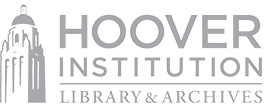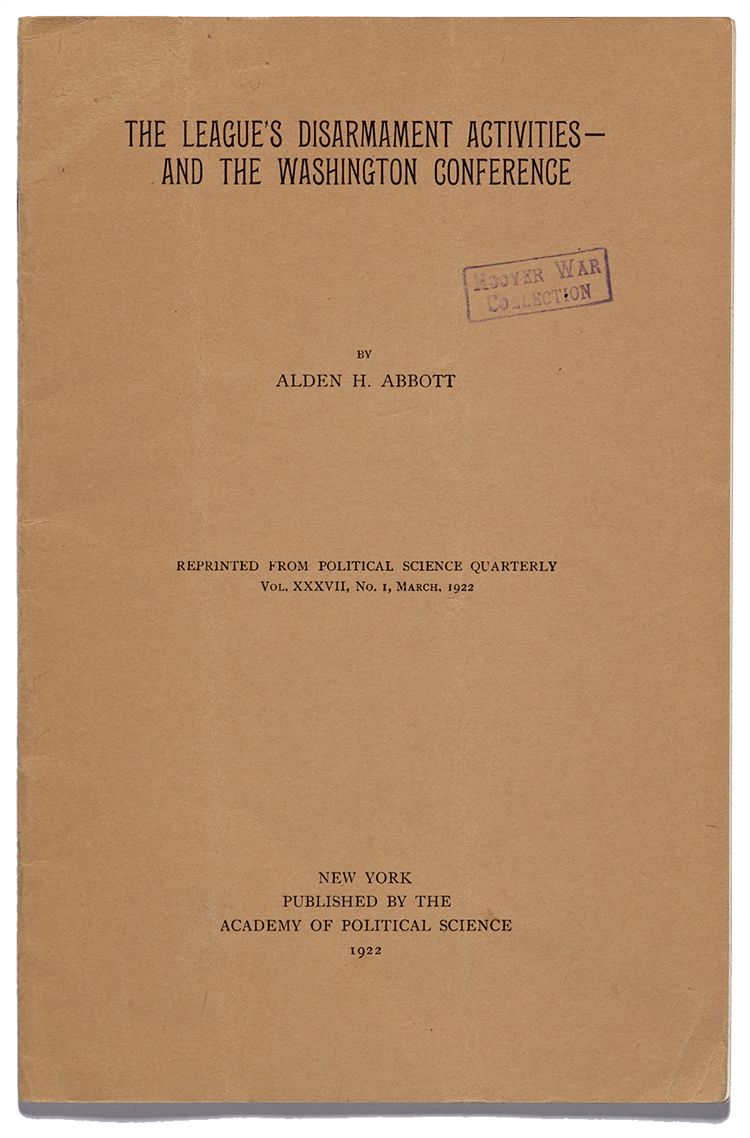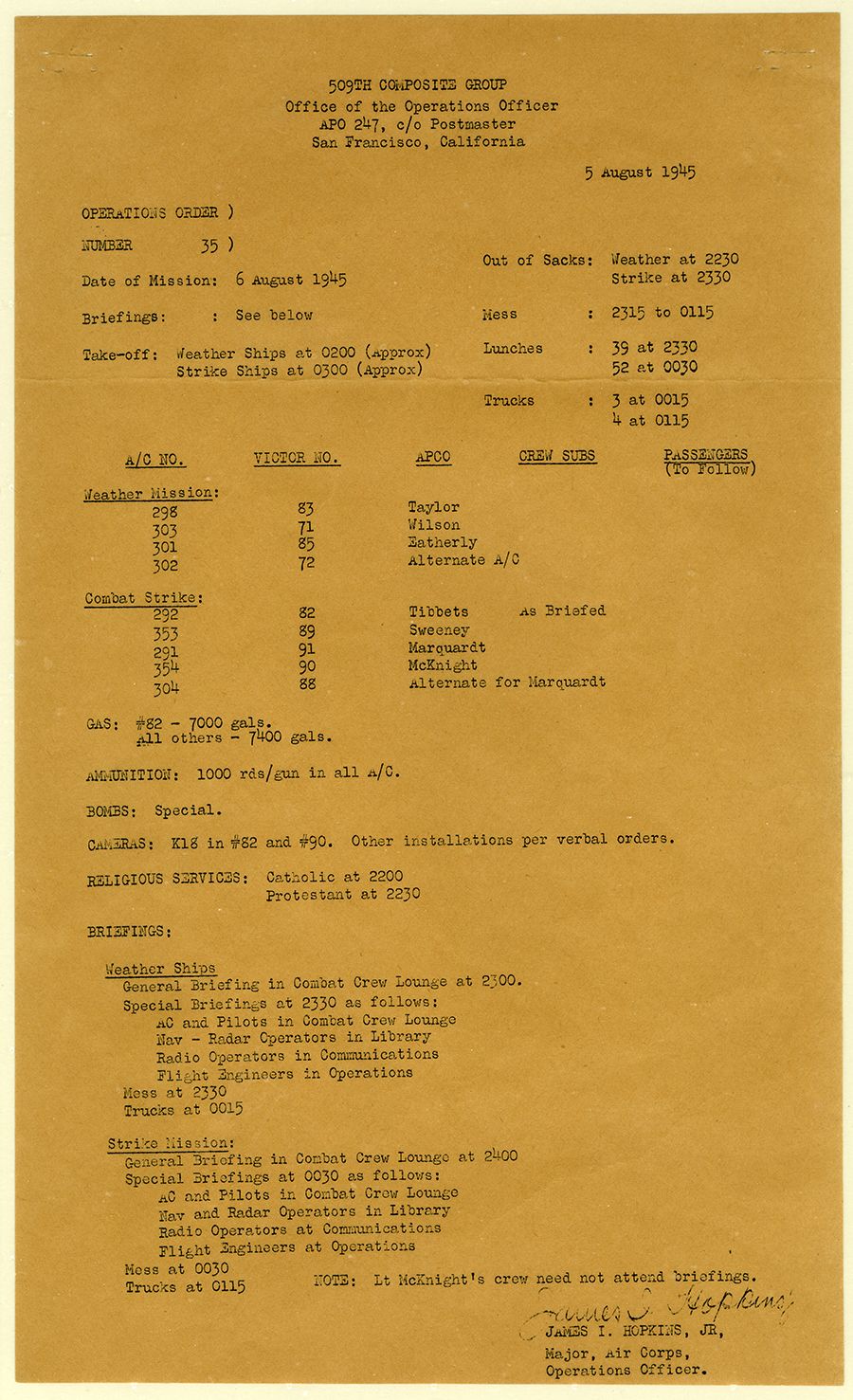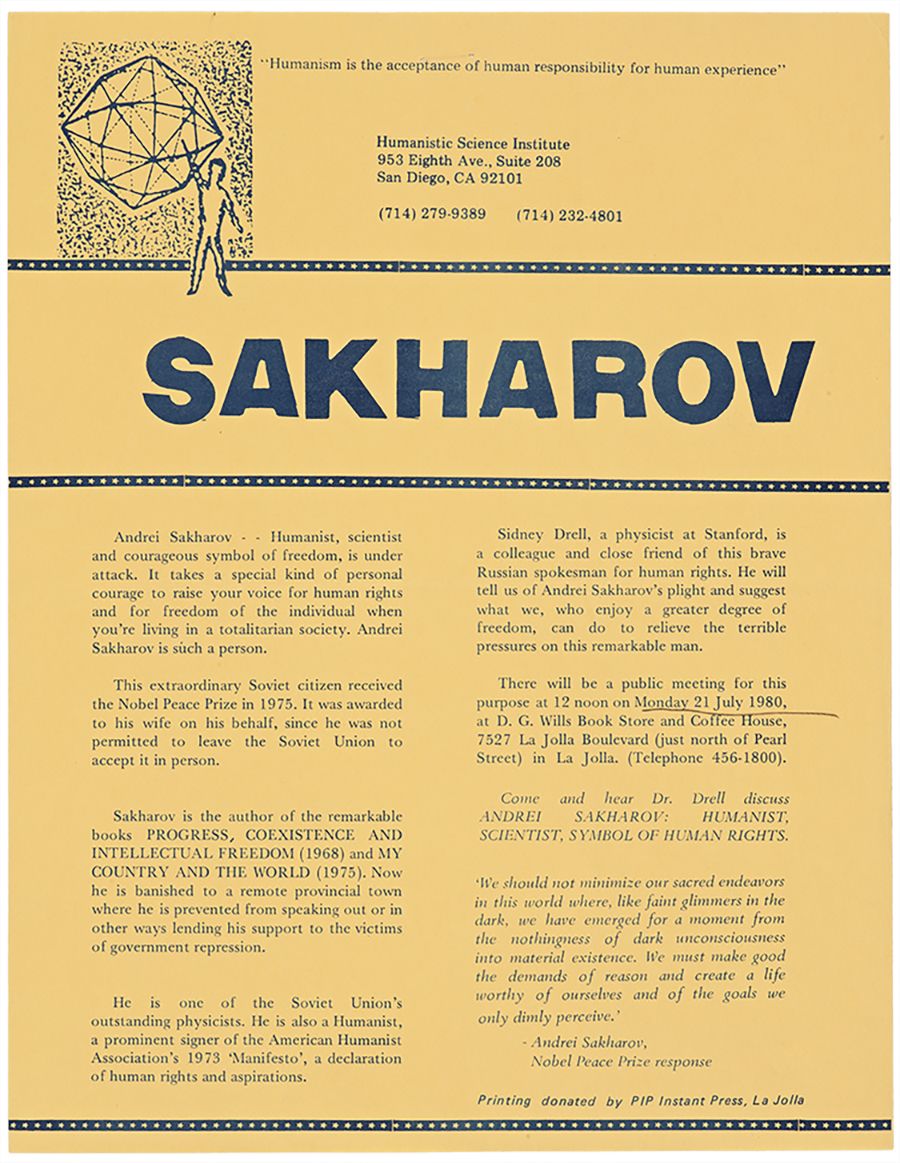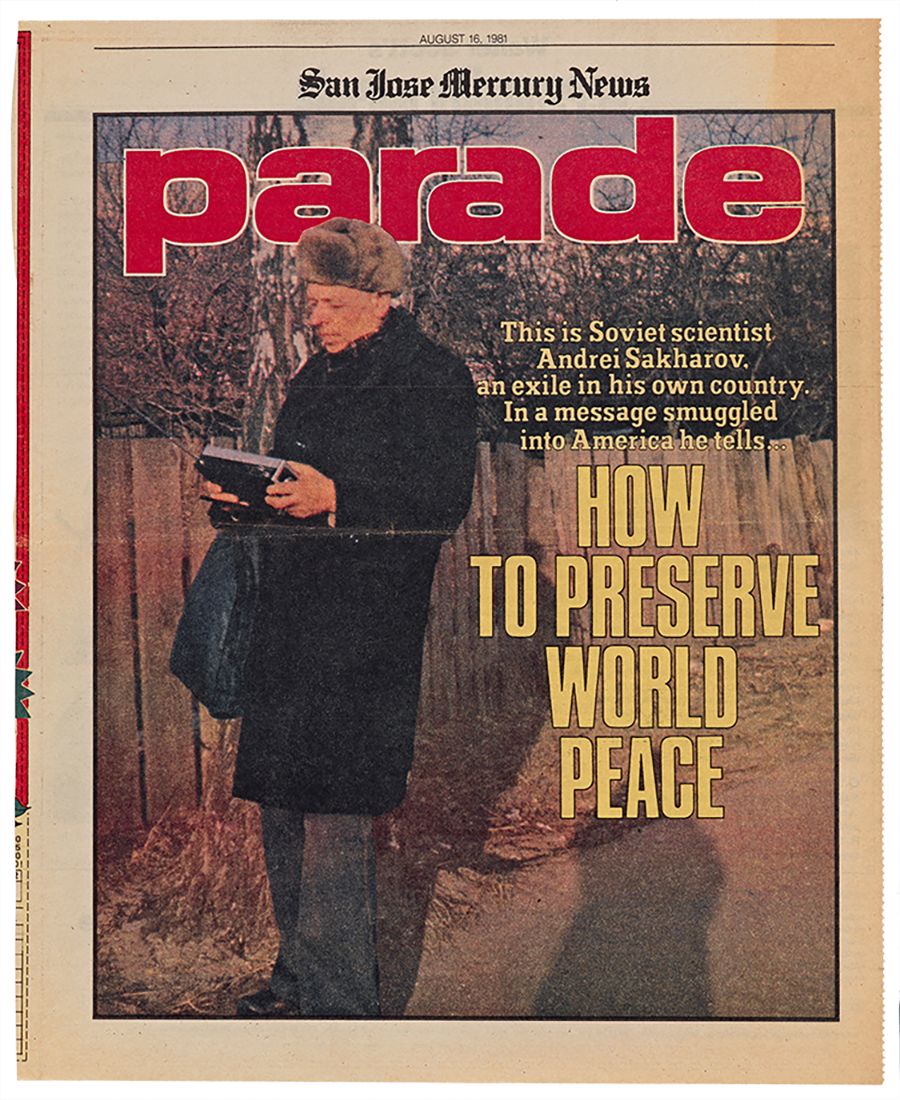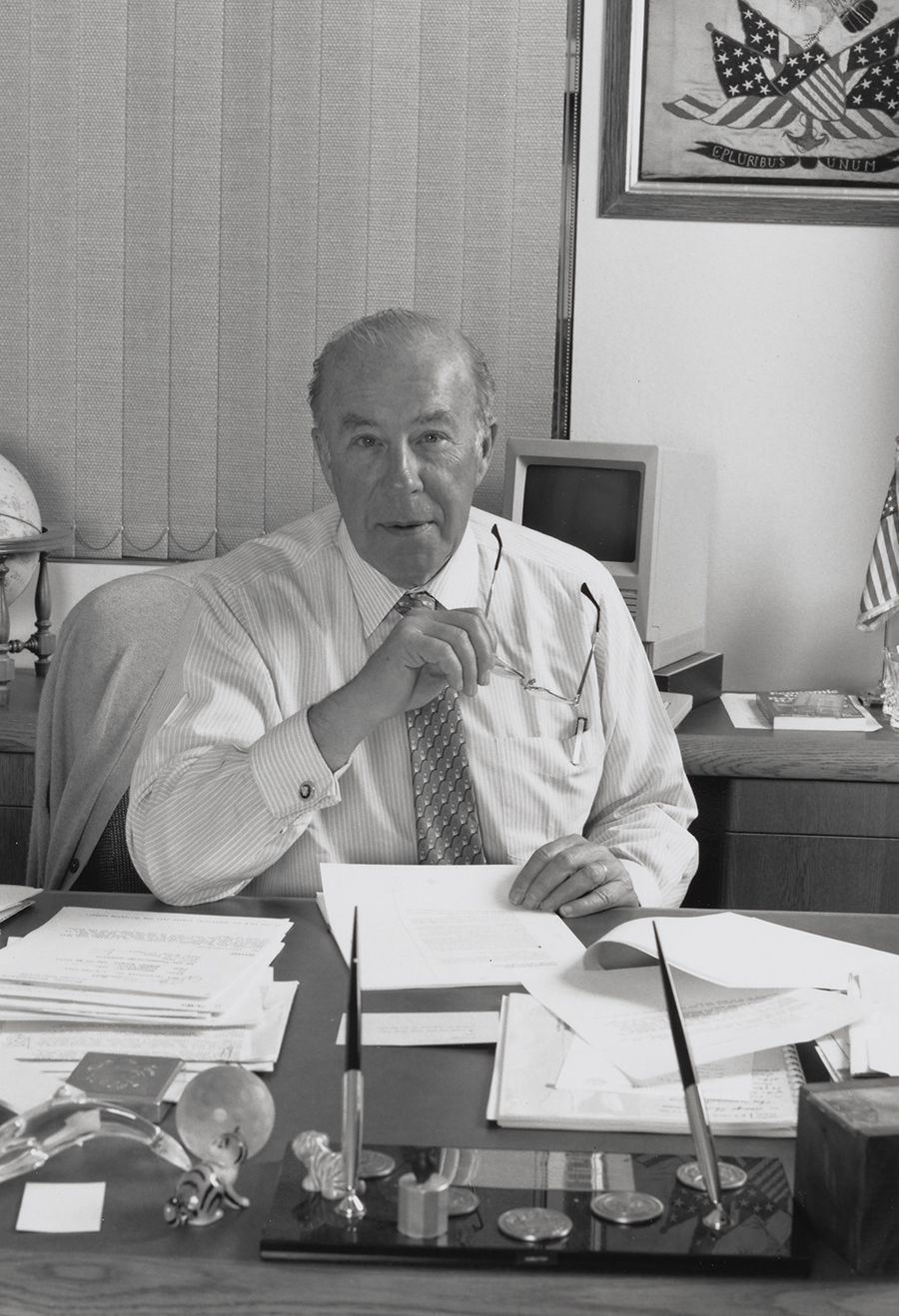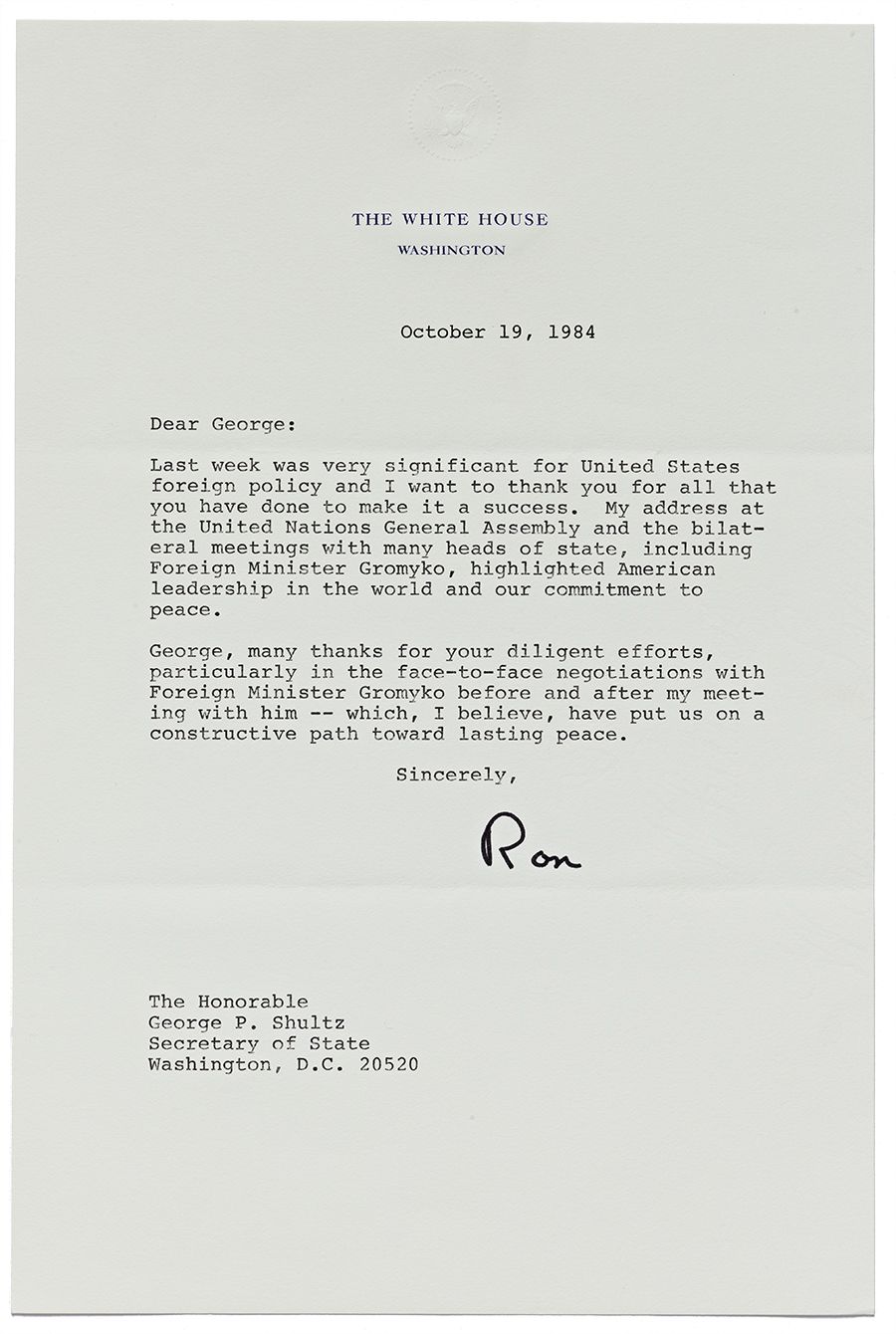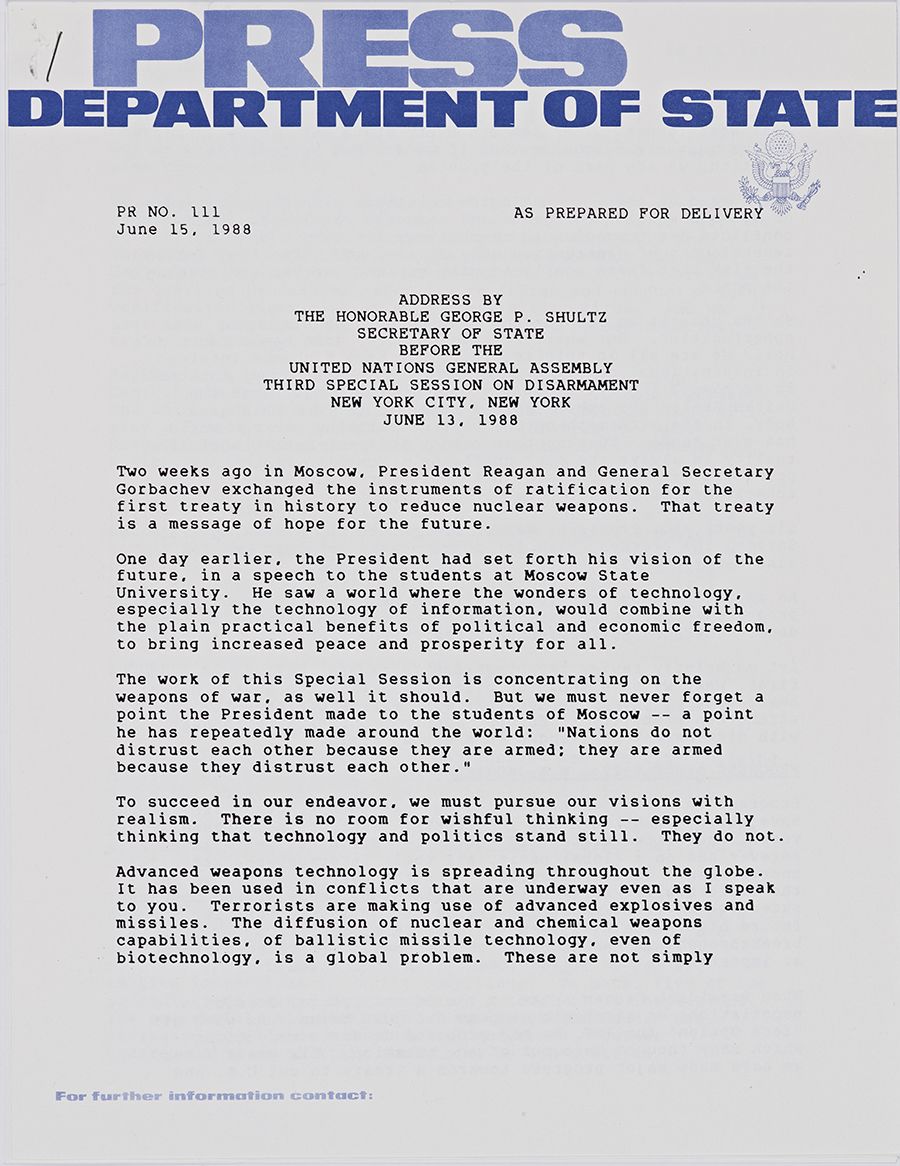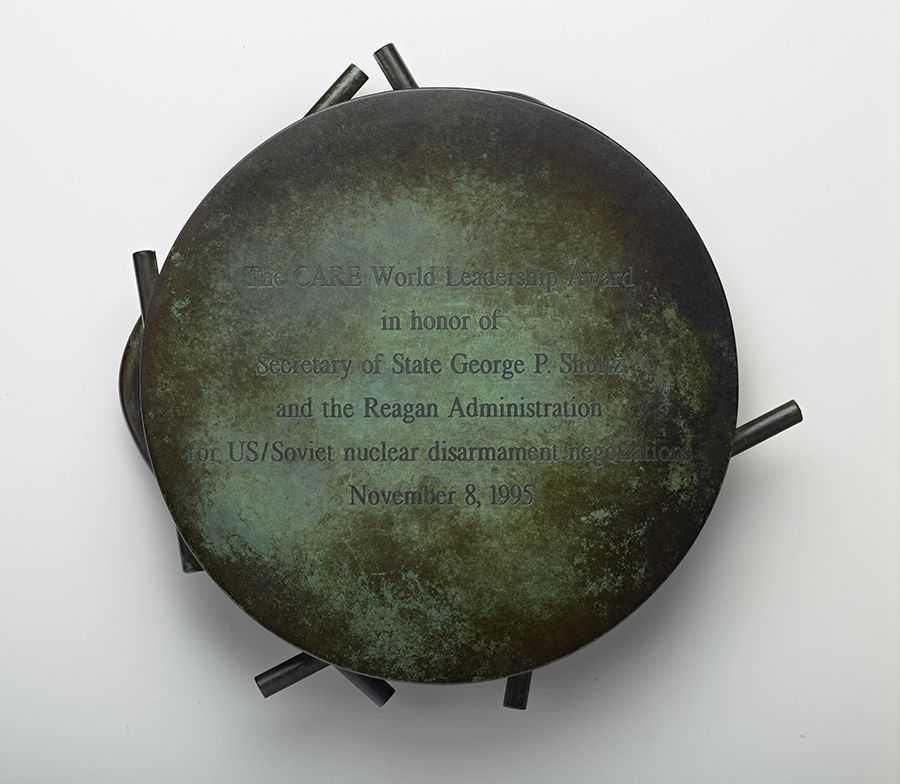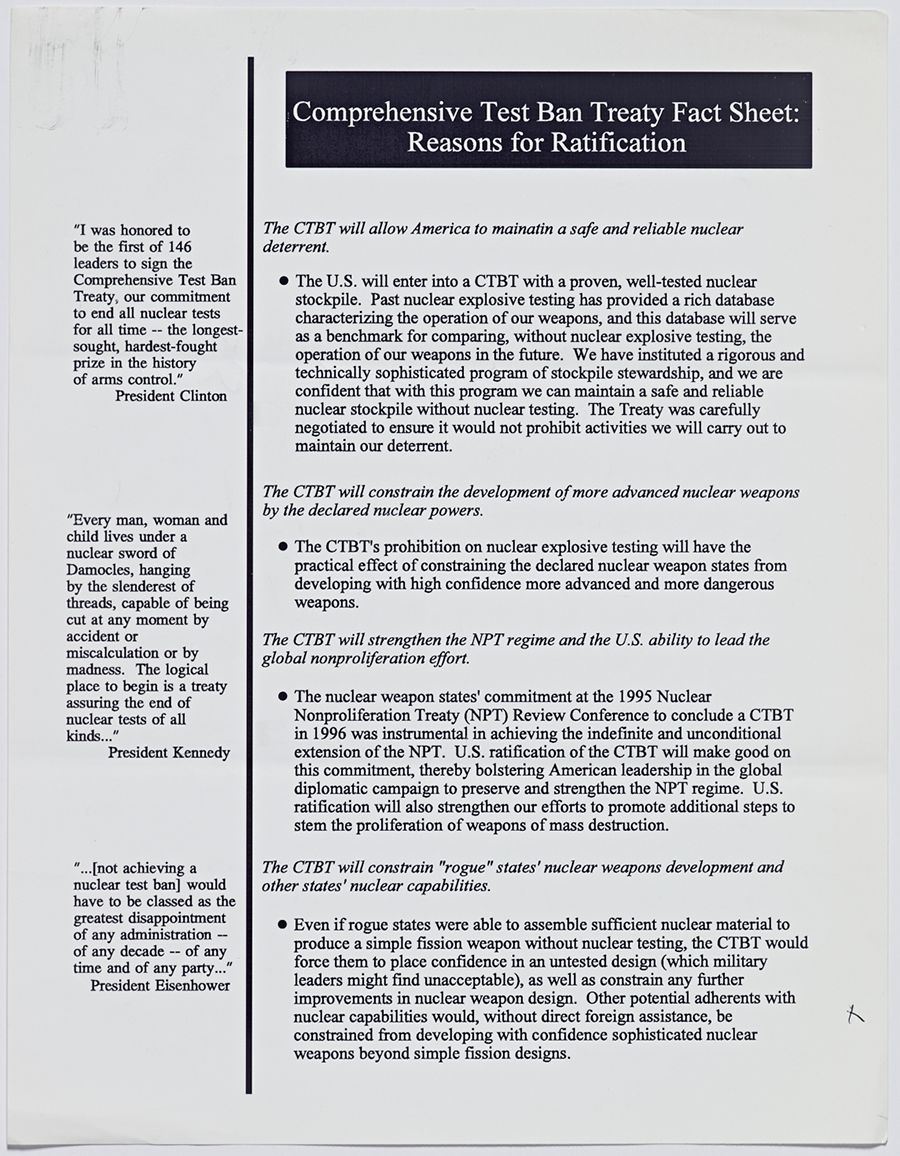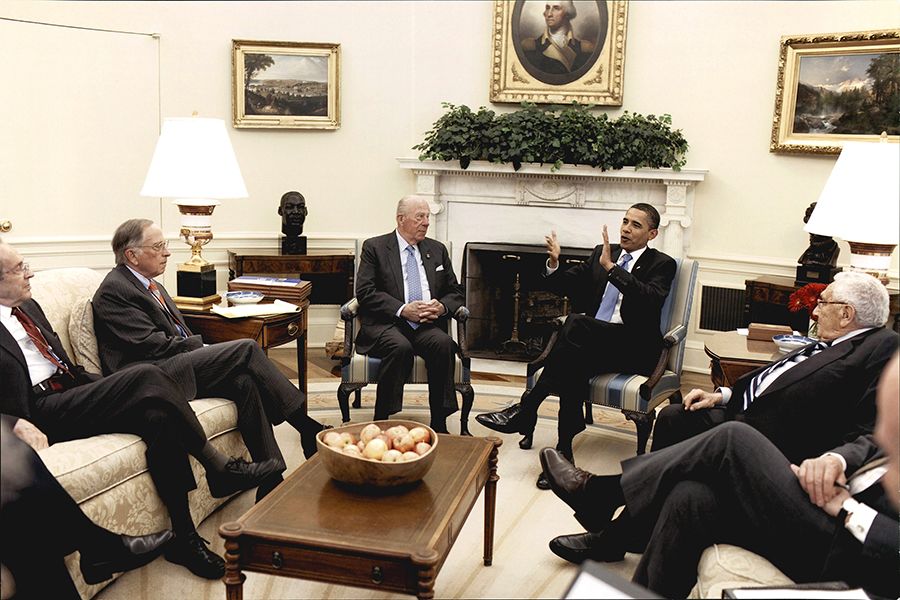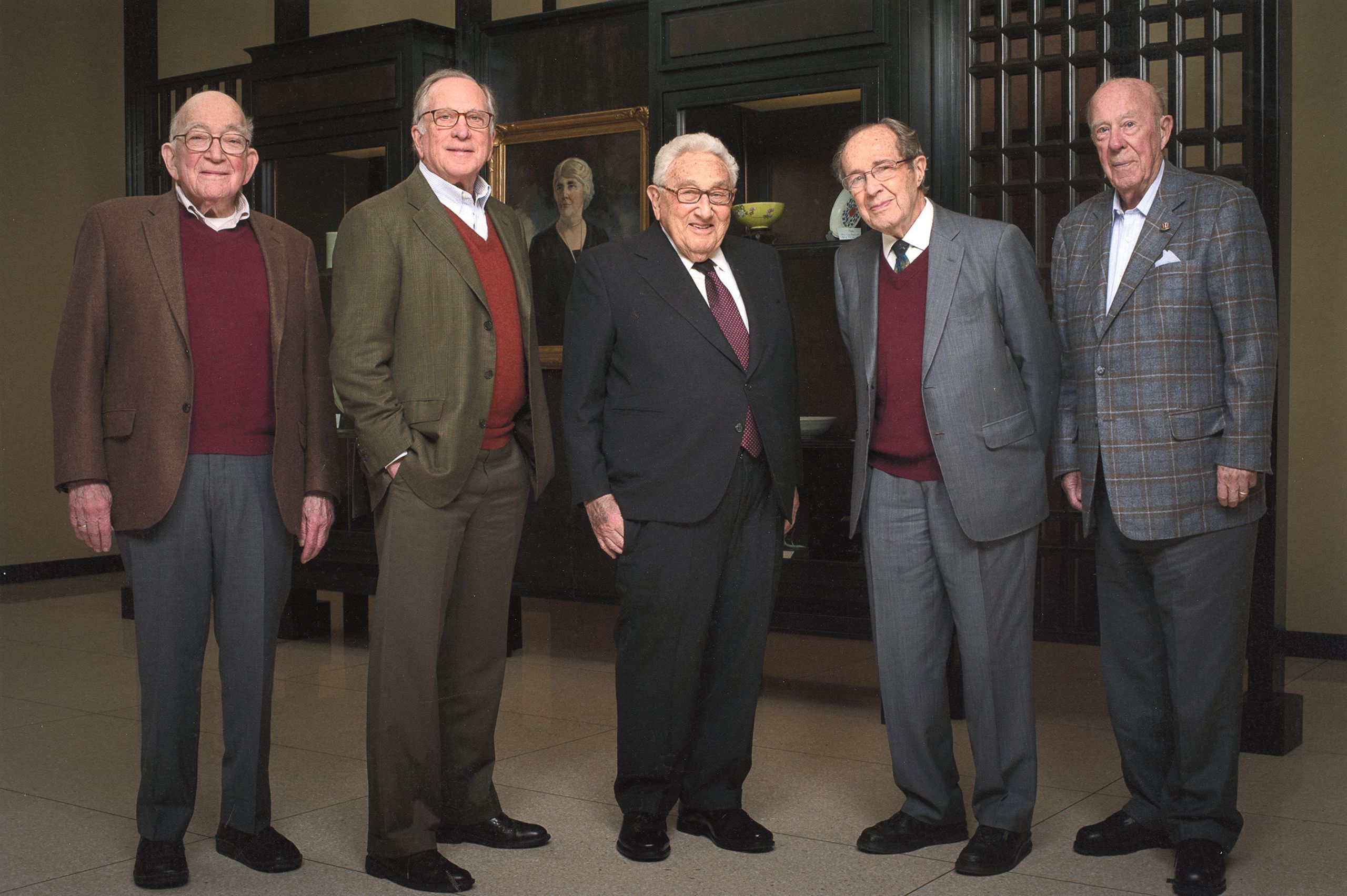Disarming the Atom
The Race to Stop Nuclear Proliferation

“There is one scientific discovery which deeply concerns every human being. The theoretical deductions of European scientists as to the constitution of the atom were harnessed in America into a gigantic source of power. It can bring benefits to mankind, and it can be used to destroy civilization. My countrymen pray daily alongside hundreds of millions of other peace-loving people that there should be a real disarmament, which will include disarming the atom.”
Herbert Hoover, “On American Ideals” speech, July 4, 1958

The world first witnessed the enormous destructive power of nuclear weapons in August 1945, when the United States dropped atomic bombs on Hiroshima and Nagasaki, Japan. In the following decades, the Cold War spurred an arms race between the Soviet Union and the United States that created enormous nuclear arsenals.
Since the end of the Cold War, initiatives to reduce the stockpiles of nuclear weapons met with early success but have since stalled. Today the struggle for peace entails preventing not only the use of these deadly weapons but also their proliferation. For some, the only way to ensure peace and prevent the destruction of civilization is to bring about the elimination of all nuclear weapons.
What Is Disarmament?
Throughout history a component of peace movements has included the elimination of weapons and armaments that are used in war. Disarmament gained momentum in the 19th century and came to prominence at the Hague Peace Conferences of 1899 and 1907. Efforts were renewed during the First World War, but as weaponry advanced, so too did the focus on disarmament. Since the Second World War, disarmament has taken on a more specific meaning to people interested in world peace, that of nuclear disarmament.
The elimination of nuclear weapons is still the long term goal, but a scaled approach to reducing the quantity and proliferation of armaments is central to disarmament advocates today.
The League’s Disarmament Activities – And the Washington Conference, by Alden H. Abbott, issued by The Academy of Political Science, 1922. Pamphlet Collection, Hoover Institution Library
The League’s Disarmament Activities – And the Washington Conference, by Alden H. Abbott, issued by The Academy of Political Science, 1922. Pamphlet Collection, Hoover Institution Library
The First Atomic Strike
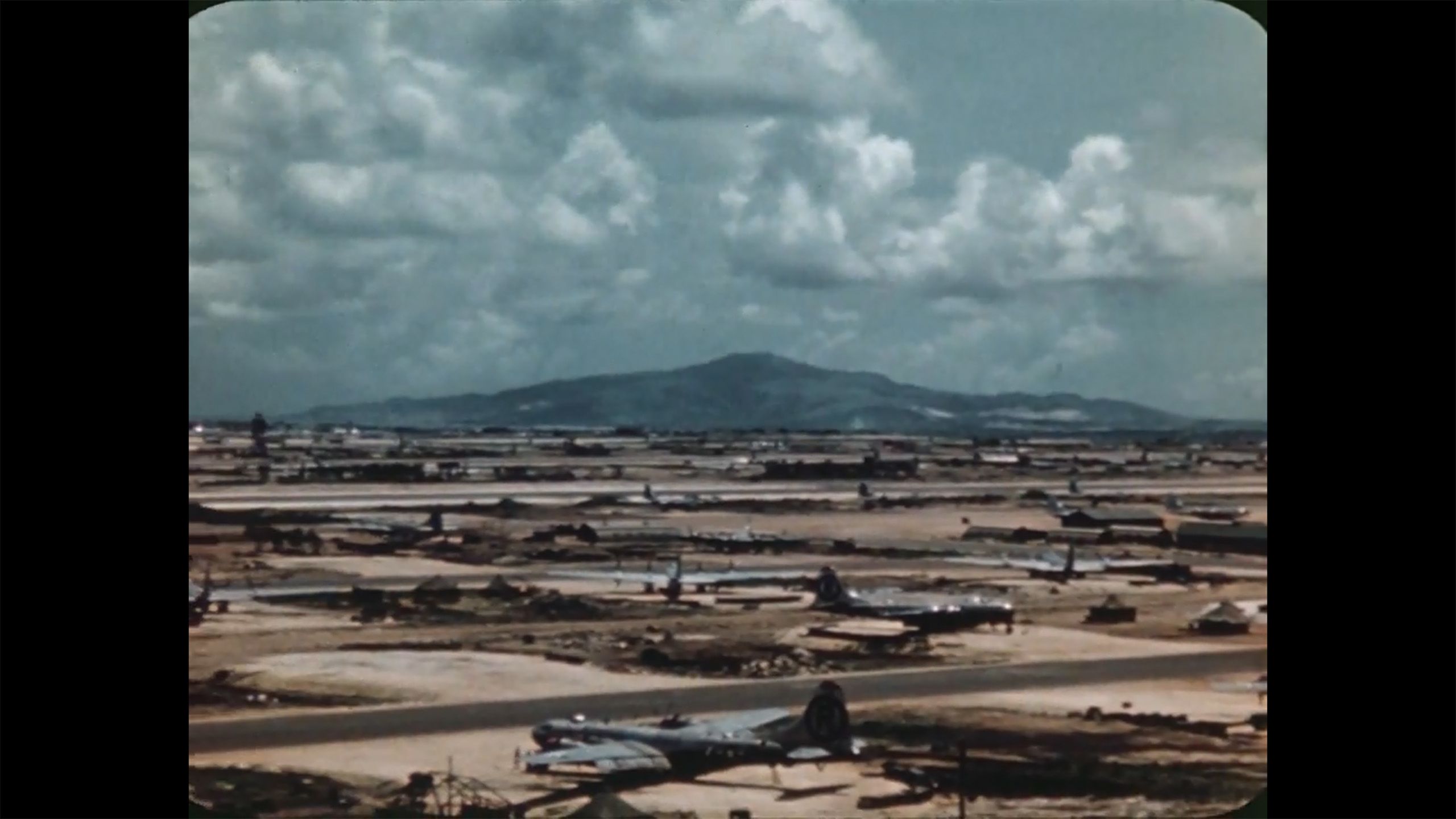
Strike order, August 5, 1945. Harold M. Agnew Miscellaneous Papers, Hoover Institution Archives
Strike order, August 5, 1945. Harold M. Agnew Miscellaneous Papers, Hoover Institution Archives
In August 1945, the United States dropped two nuclear bombs on Hiroshima and Nagasaki, Japan. Harold Agnew was a physicist who was part of the Manhattan Project and participated in the first atomic strike mission. He recognized that this was a historic moment and saved materials to document it.
Strike orders like this one were printed daily for pilots operating on the Pacific front and were usually thrown out at the end of the day. The only real difference between this strike order and a standard one is the note “BOMBS: Special." This denotes the secret atomic payload that would be dropped on Hiroshima.
Harold Agnew and a few colleagues flew as scientific observers aboard The Great Artiste, the instrumentation aircraft behind the Enola Gay, during the mission. Bringing a movie camera with him, Agnew shot the only existing footage of the bombing of Hiroshima from the air.
Harold Agnew Atomic Bomb film, August, 1945. Harold M. Agnew Miscellaneous Papers, Hoover Institution Archives
Documents of Disarmament
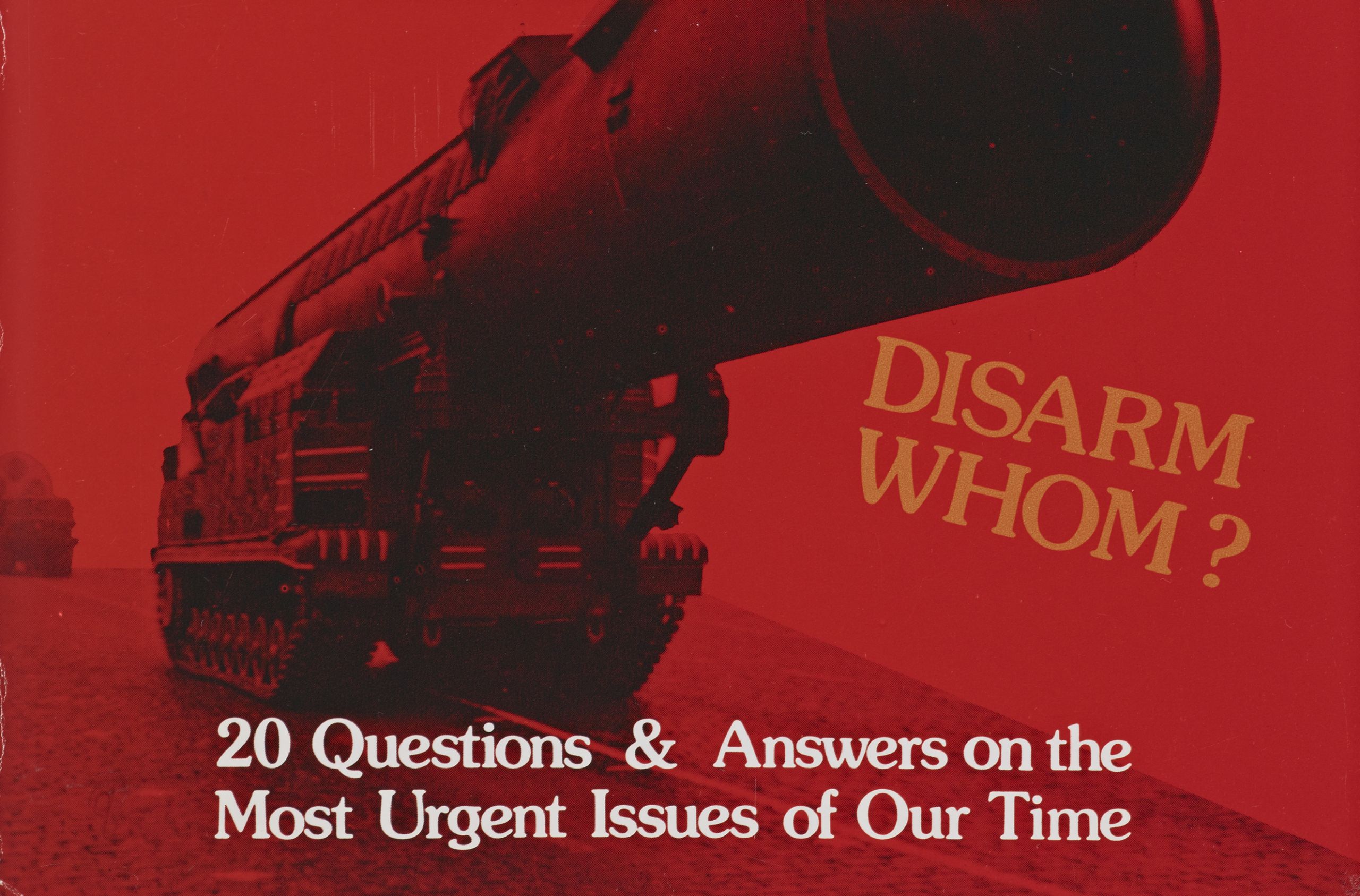
The Hoover Institution Library & Archives was originally founded in response to World War I with the purpose to collect, preserve, and study materials related to war, revolution, and peace. Ever since, curators have often gathered material on disarmament as an important component for the study of peace. Many can be found as part of the Hoover Institution Library Pamphlet Collection, which includes more than 50,000 documents on a variety of topics, and can be explored online through Finding Aids and Searchworks. The Poster Collection also features material from an array of groups on the topic of disarmament, and can be searched online through the Hoover Institution Digital Collections.
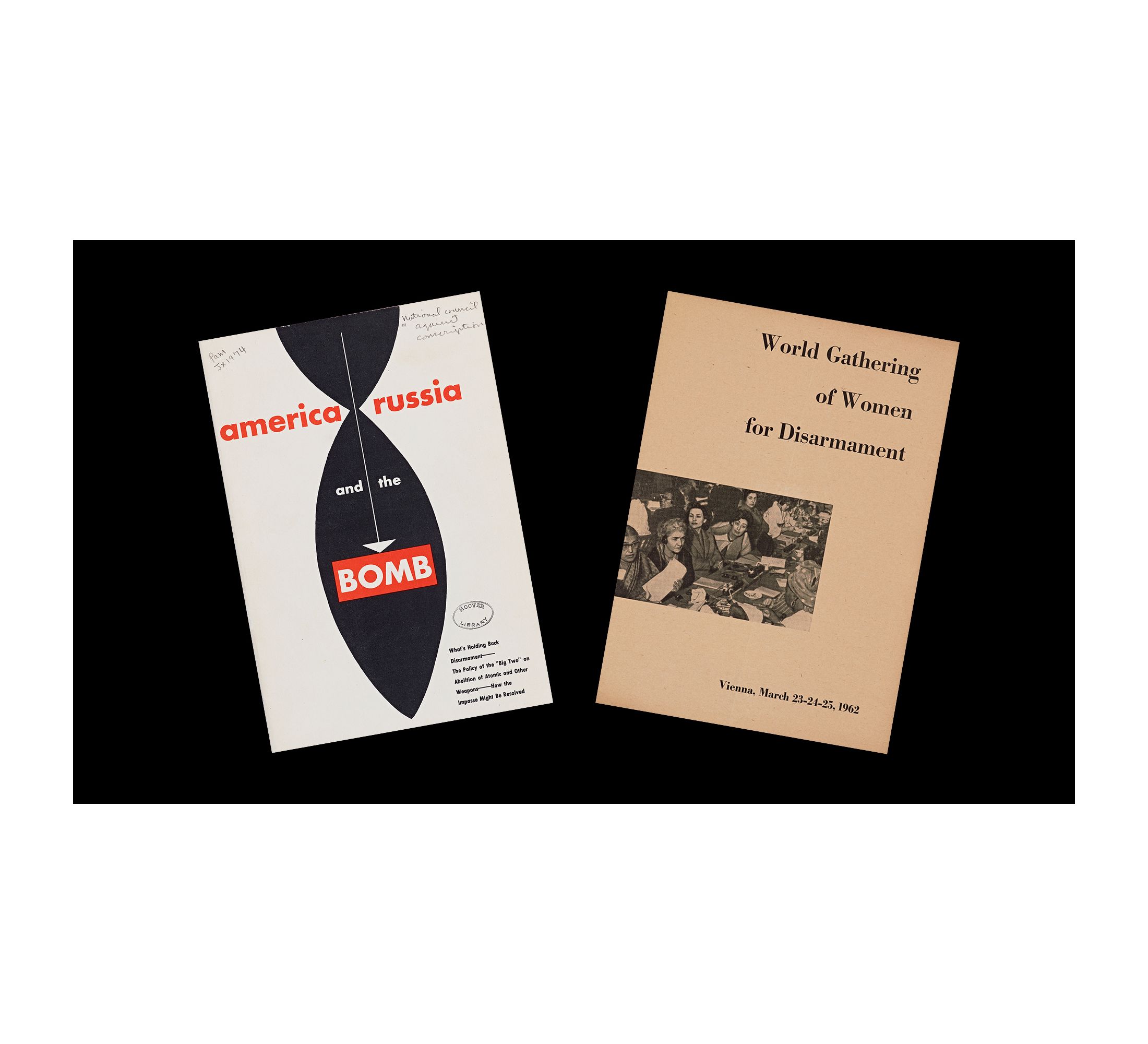



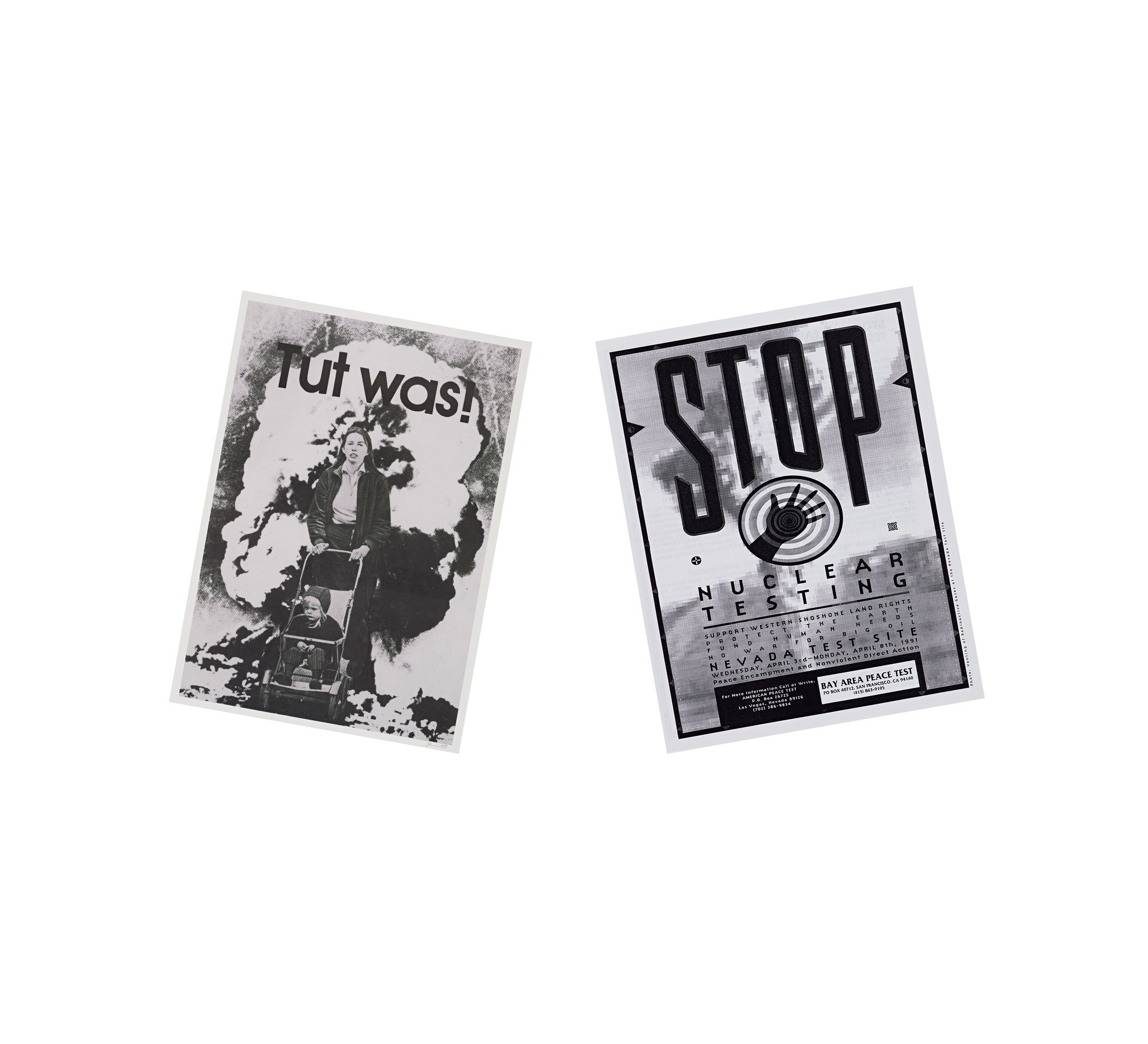
Andrei Sakharov
Physicist, Dissident, Activist
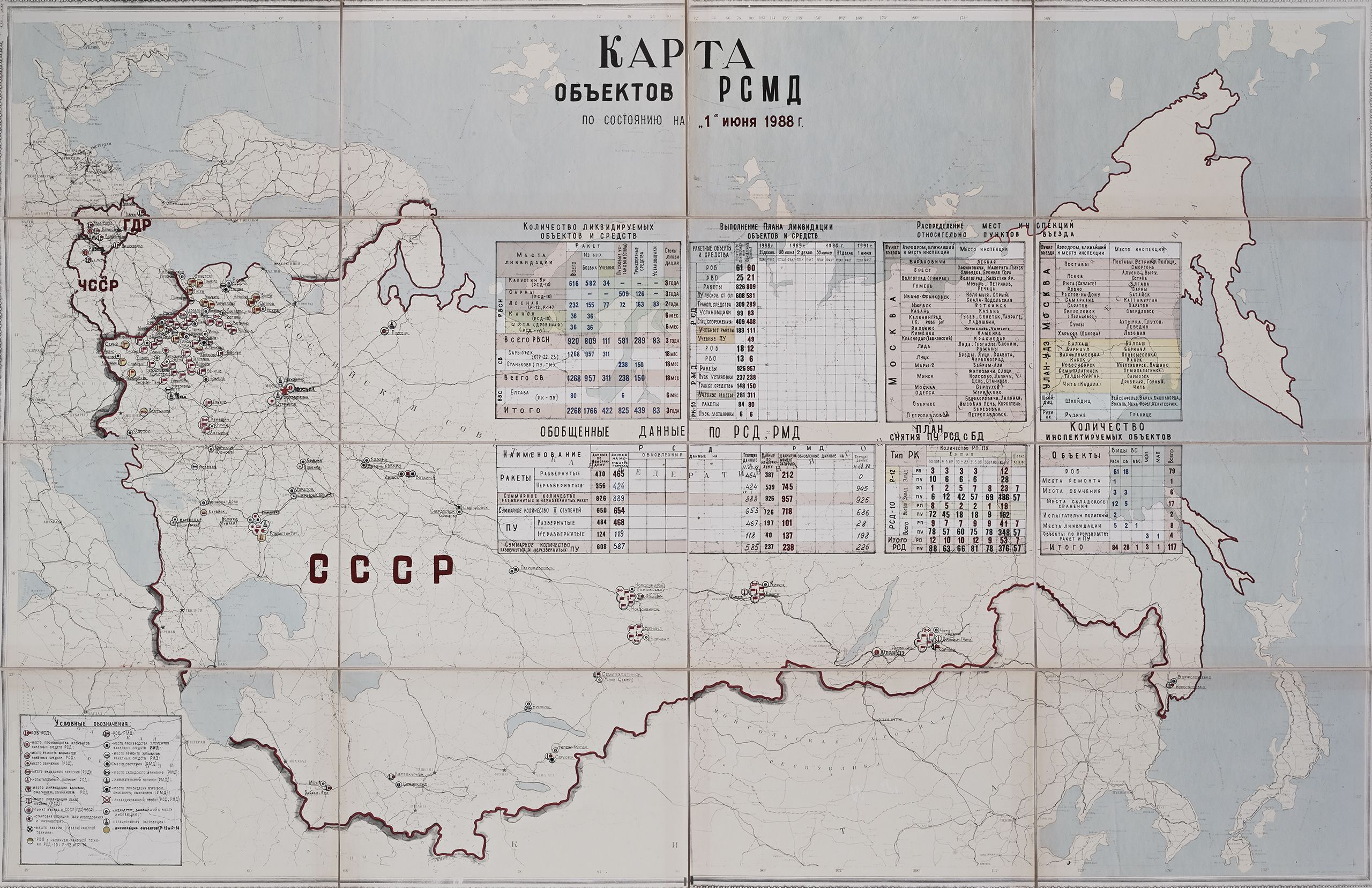
Andrei Sakharov was a Soviet nuclear physicist who became a human rights activist and political dissident. While working to develop a Soviet hydrogen bomb, Sakharov used his position as a world-renowned scientist to campaign for free speech within the Soviet Union and to speak out against Soviet human-rights violations.
Andrei Sakharov: Humanist, Scientist, Symbol of Human Rights, July 21, 1980. Sidney D. Drell Papers, Hoover Institution Archives
Andrei Sakharov: Humanist, Scientist, Symbol of Human Rights, July 21, 1980. Sidney D. Drell Papers, Hoover Institution Archives
A few years after receiving the 1975 Nobel Peace Prize for his work on behalf of human rights, Sakharov was labeled an enemy of the state and sentenced to exile in the city of Gorky. During Sakharov’s years in exile, concerned scientists in the West led a campaign to keep international attention focused on his plight and to win his release.
How to Preserve World Peace, published in Parade Magazine, issued by San Jose Mercury News, August 16, 1981. Sidney D. Drell Papers, Hoover Institution Archives
How to Preserve World Peace, published in Parade Magazine, issued by San Jose Mercury News, August 16, 1981. Sidney D. Drell Papers, Hoover Institution Archives
Spearheading these efforts was Stanford physicist, and later Hoover fellow, Sidney D. Drell, who first met Sakharov at a 1974 conference hosted by the Soviet Academy of Sciences. Sakharov was allowed to return to Moscow in 1986 and devoted his energies to the struggle for democracy in the Soviet Union until his death, in 1989. In an article in Physics Today from 2000, Sidney Drell wrote, "A decade after Sakharov's death, his guidance remains relevant to the nuclear perils we face in today's post-cold war world."
Hoover Fellows and Disarmament
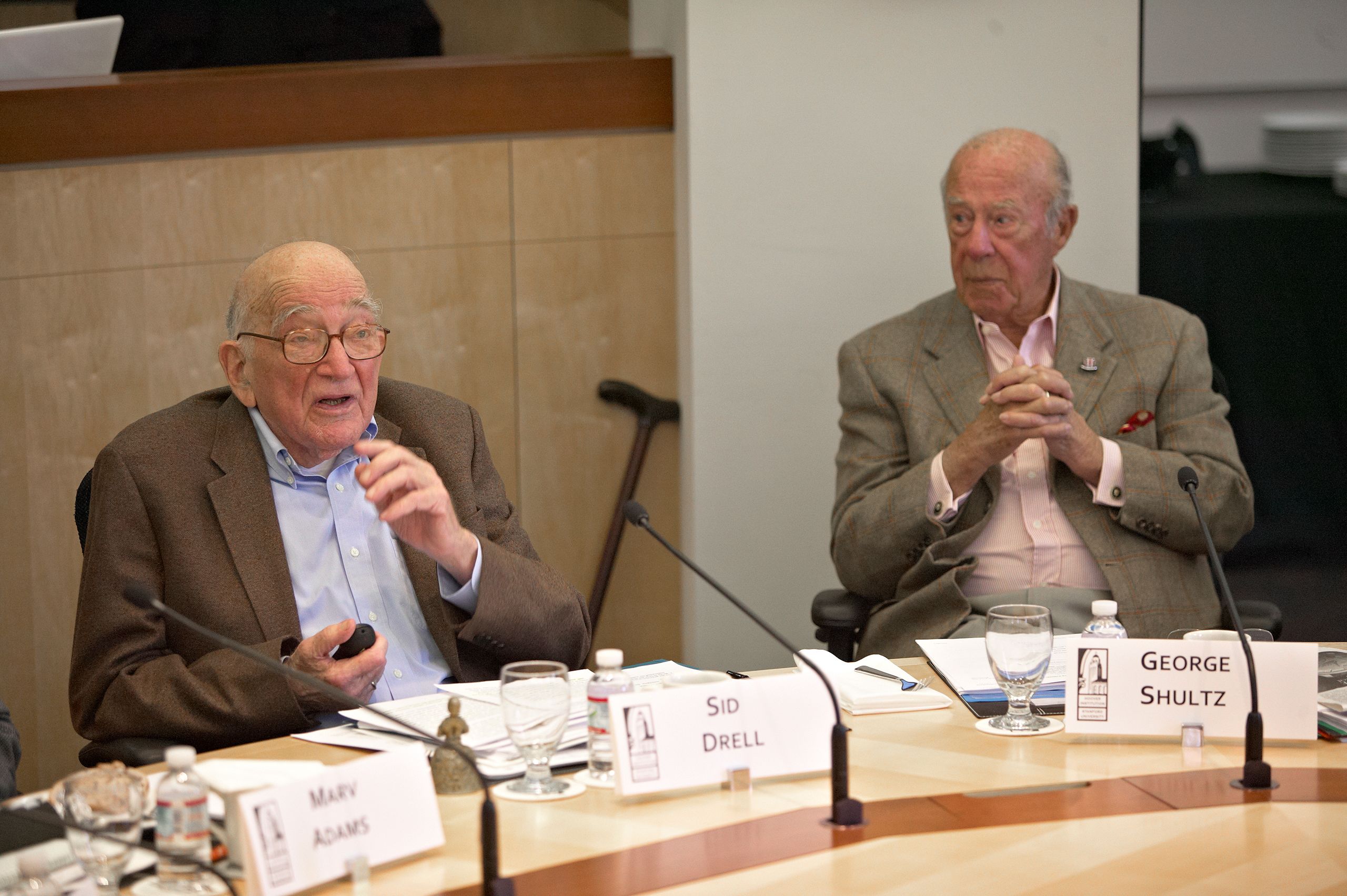
Secretary of State George P. Shultz
Throughout the Cold War nuclear weapons proliferated at an alarming rate. Concurrently, disarmament became a more publicly supported movement. The issue came to the political forefront during the 1980s, with Ronald Reagan as US president and Mikhail Gorbachev leading the USSR.
George Shultz, during his time as Secretary of State, was instrumental in fostering an open dialogue with the Soviet Union, especially as it related to arms control. In December 1987, the Intermediate-Range Nuclear Forces (INF) Treaty was signed by Reagan and Gorbachev.
This milestone of the Cold War resulted through the diplomatic navigation of political tension between the Soviet and American superpowers by Secretary of State George Shultz. By reducing the stockpile of nuclear weapons, the American and Soviet governments escaped a path of mutual destruction.
Secretary of State George P. Shultz, circa 1990. Hoover Institution on War, Revolution and Peace Records, Hoover Institution Archives
Secretary of State George P. Shultz, circa 1990. Hoover Institution on War, Revolution and Peace Records, Hoover Institution Archives
Letter from Ronald Reagan to George P. Shultz, October 19, 1984. George Pratt Shultz Papers, Hoover Institution Archives
Letter from Ronald Reagan to George P. Shultz, October 19, 1984. George Pratt Shultz Papers, Hoover Institution Archives
Address by the Honorable George P. Shultz, Secretary of State, Before the United Nations General Assembly Third Special Session on Disarmament, June 13, 1988. George Pratt Shultz Papers, Hoover Institution Archives
Address by the Honorable George P. Shultz, Secretary of State, Before the United Nations General Assembly Third Special Session on Disarmament, June 13, 1988. George Pratt Shultz Papers, Hoover Institution Archives
The CARE World Leadership Award in Honor of Secretary of State George P. Shultz and the Reagan Administration for US/Soviet Nuclear Disarmament Negotiations, November 8, 1995. George Pratt Shultz Papers, Hoover Institution Archives
The CARE World Leadership Award in Honor of Secretary of State George P. Shultz and the Reagan Administration for US/Soviet Nuclear Disarmament Negotiations, November 8, 1995. George Pratt Shultz Papers, Hoover Institution Archives
Comprehensive Test Ban Treaty Fact Sheet: Reasons for Ratification, circa 2000. Sidney D. Drell Papers, Hoover Institution Archives
Comprehensive Test Ban Treaty Fact Sheet: Reasons for Ratification, circa 2000. Sidney D. Drell Papers, Hoover Institution Archives
A Non-Partisan Issue
As a Hoover Distinguished Fellow, George Shultz has maintained his dedication to nuclear disarmament and its importance as a non-partisan issue. A team of Hoover fellows have felt the same and have contributed to critically significant American bi-partisan initiatives over the decades.
During Bill Clinton's presidency, Hoover Fellow Sidney Drell contributed his technical expertise to the administration on the Comprehensive Test Ban Treaty and helped to shape the current strategy of science-based stockpile stewardship. President Clinton said of the treaty, "I was honored to be the first of the 146 leaders to sign the Comprehensive Test Ban Treaty, our commitment to end all nuclear tests for all time—the longest-sought, hardest fought prize in the history of arms control."
The George W. Bush and Barack Obama administrations also received regular advice from Drell and his Hoover fellow colleagues, such as William Perry, Sam Nunn, George Shultz, and Henry Kissinger, particularly when preparing for United Nations Security Council meetings on nuclear nonproliferation and nuclear disarmament.
William Perry, Sam Nunn, George Shultz, President Barack Obama, and Henry Kissinger meet in the Oval Office to discuss nuclear weapons and nonproliferation, May 19, 2009. George Pratt Shultz Papers, Hoover Institution Archives
William Perry, Sam Nunn, George Shultz, President Barack Obama, and Henry Kissinger meet in the Oval Office to discuss nuclear weapons and nonproliferation, May 19, 2009. George Pratt Shultz Papers, Hoover Institution Archives
Hoover Fellows in the 21st Century
In 2006 the Hoover Institution launched the Nuclear Security Project, headlined by Hoover fellows George Shultz and Sidney Drell, working together with former national security adviser and secretary of state Henry Kissinger and former secretary of defense Sam Nunn.
Their combined goal was to explore approaches to achieving a world free of nuclear weapons. The collaboration led to a landmark Wall Street Journal op-ed of January 4, 2007 (updated on January 15, 2008), a 2007 conference at Hoover, and the 2014 Hoover Institution Press publication Nuclear Security: The Problems and the Road Ahead.
Hoover Fellows Sidney Drell, Sam Nunn, Henry Kissinger, William Perry, and George Shultz, January 14, 2013 . George Pratt Shultz Papers, Hoover Institution Archives
Hoover Fellows Sidney Drell, Sam Nunn, Henry Kissinger, William Perry, and George Shultz, January 14, 2013 . George Pratt Shultz Papers, Hoover Institution Archives
The Hoover Institution Library & Archives wishes to receive notifications of alleged copyright infringement on this website. If you are a rights holder and believe that our inclusion of certain material on this website violates your rights, please contact: https://www.hoover.org/library-archives/collections/get-help/rights-and-permissions
© 2022 by the Board of Trustees of Leland Stanford Junior University.
